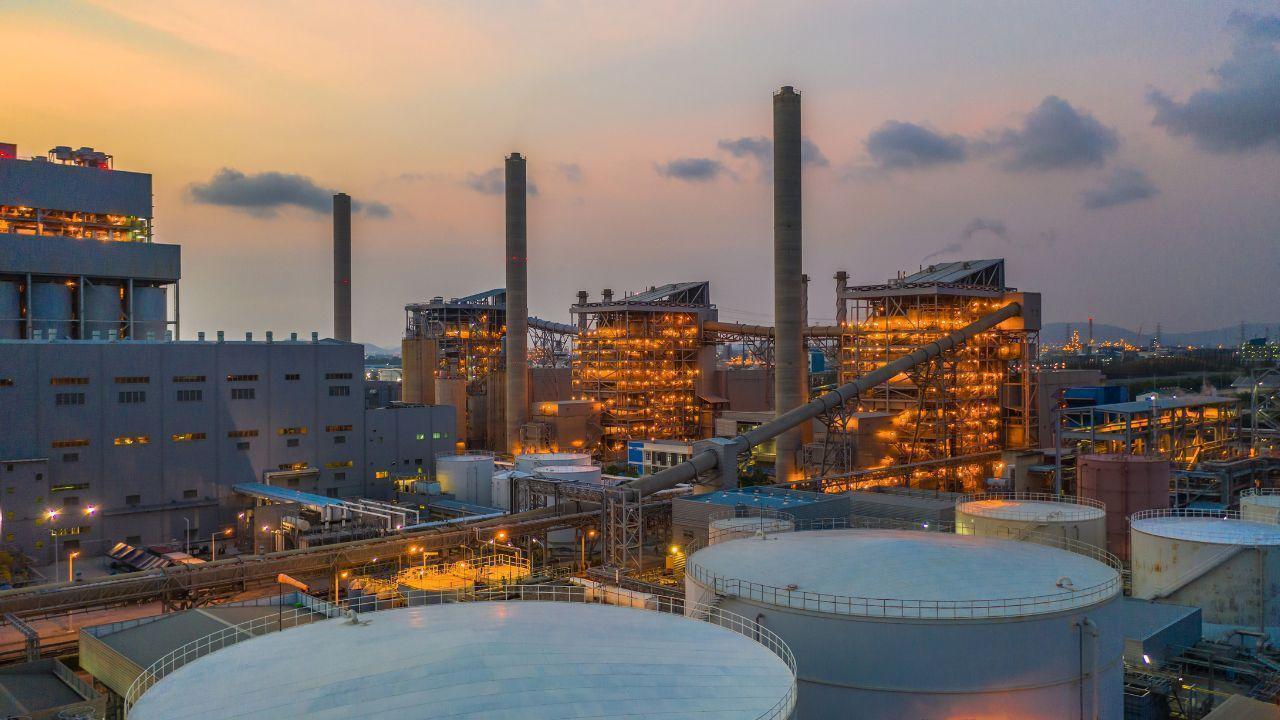
Post by : Armust Desk
A recent study has brought to light a surprising and concerning issue: Australian coal, one of the world’s most important sources for steel production, contains hidden methane. Methane is a potent greenhouse gas, much stronger than carbon dioxide in the short term, and this overlooked gas could significantly increase the climate impact of steel production worldwide. Experts warn that including this hidden methane could make steelmakers’ carbon footprint up to 15 percent higher than previously estimated.
Australia’s Role in Global Steel Production
Australia is the largest exporter of coking coal, which is the primary type of coal used in making steel. In 2024, more than half of the global demand for coking coal was supplied by Australia. Countries such as Japan, South Korea, and nations in Europe depend heavily on Australian coal for their steel production processes. This reliance makes the issue of methane emissions from Australian coal an important global concern, as it directly affects the climate footprint of steelmakers around the world.
Methane: A Potent Greenhouse Gas
Methane is a greenhouse gas that has a much stronger warming effect than carbon dioxide over a short period. While carbon dioxide remains in the atmosphere for a long time, methane traps heat more efficiently and accelerates global warming in the near term. Even relatively small amounts of methane released from coal mines can have a substantial impact on the climate. The problem becomes more serious when methane emissions are not fully reported or monitored, as these hidden emissions contribute silently to global warming.
How Methane is Hidden in Coal
Coal mines naturally release methane as part of their operations. However, in many cases, these emissions are not fully measured or reported. In Australia, coal mines emitted an estimated 867 kilotonnes of methane last year. Surprisingly, this figure is more than the total methane emissions released by the entire oil and gas sector in the country.
A clear example is the Hail Creek coal mine in Queensland. According to the mine’s official reports, it emitted only 12.9 kilotonnes of methane. But further analysis indicates that the actual emissions could be more than three times higher than reported. To understand the scale, the extra methane from this single mine is roughly equivalent to the methane released by 283,000 beef cattle in a year. This demonstrates how significant hidden methane emissions can be and how much they may contribute to climate change without being properly accounted for.
Impact on Steelmakers
Steelmakers that import coal from Australian mines may be unknowingly increasing their contribution to global warming. Major steel companies like ArcelorMittal, Nippon Steel, and POSCO rely heavily on Australian coal. If hidden methane emissions are included, their short-term climate impact could rise by as much as 15 percent. This creates a major challenge for these companies, which are actively trying to reduce their environmental footprint and meet global climate targets.
The Importance of Accurate Reporting
Experts stress the critical need for accurate reporting of methane emissions from coal mines. Currently, existing technologies can reduce more than half of the methane released from coal mining activities. Without proper monitoring and transparency, steelmakers’ decarbonization efforts could be based on incomplete or misleading data. This makes it harder to achieve meaningful reductions in greenhouse gas emissions and undermines global climate goals.
Steps to Reduce Climate Impact
To tackle the problem, coal mines need to implement better methane monitoring and abatement systems. Steelmakers and coal suppliers must work closely together to ensure that methane emissions are fully measured, reported, and reduced wherever possible. By adopting advanced emission-reducing technologies and maintaining transparency in reporting, both the coal mining and steel production industries can significantly lower their climate impact.
Reducing methane emissions is not only a responsibility but also an opportunity for the steel industry to become more environmentally sustainable. With proper measures, the industry can continue to meet global steel demand while limiting its effect on the planet’s climate.
Hidden methane in Australian coal represents a serious challenge for global climate efforts. If left unaddressed, it could increase the carbon footprint of steel production substantially. Accurate measurement, clear reporting, and the use of emission-reducing technologies are essential steps to lower the climate impact of steelmaking. By taking these actions, steelmakers and coal suppliers can play an important role in combating climate change and ensuring a more sustainable future.
Australian coal, methane emissions, steelmakers, climate impact, coking coal










Advances in Aerospace Technology and Commercial Aviation Recovery
Insights into breakthrough aerospace technologies and commercial aviation’s recovery amid 2025 chall

Defense Modernization and Strategic Spending Trends
Explore key trends in global defense modernization and strategic military spending shaping 2025 secu

Tens of Thousands Protest in Serbia on Anniversary of Deadly Roof Collapse
Tens of thousands in Novi Sad mark a year since a deadly station roof collapse that killed 16, prote

Canada PM Carney Apologizes to Trump Over Controversial Reagan Anti-Tariff Ad
Canadian PM Mark Carney apologized to President Trump over an Ontario anti-tariff ad quoting Reagan,

The ad that stirred a hornets nest, and made Canadian PM Carney say sorry to Trump
Canadian PM Mark Carney apologizes to US President Trump after a tariff-related ad causes diplomatic

Bengaluru-Mumbai Superfast Train Approved After 30-Year Wait
Railways approves new superfast train connecting Bengaluru and Mumbai, ending a 30-year demand, easi